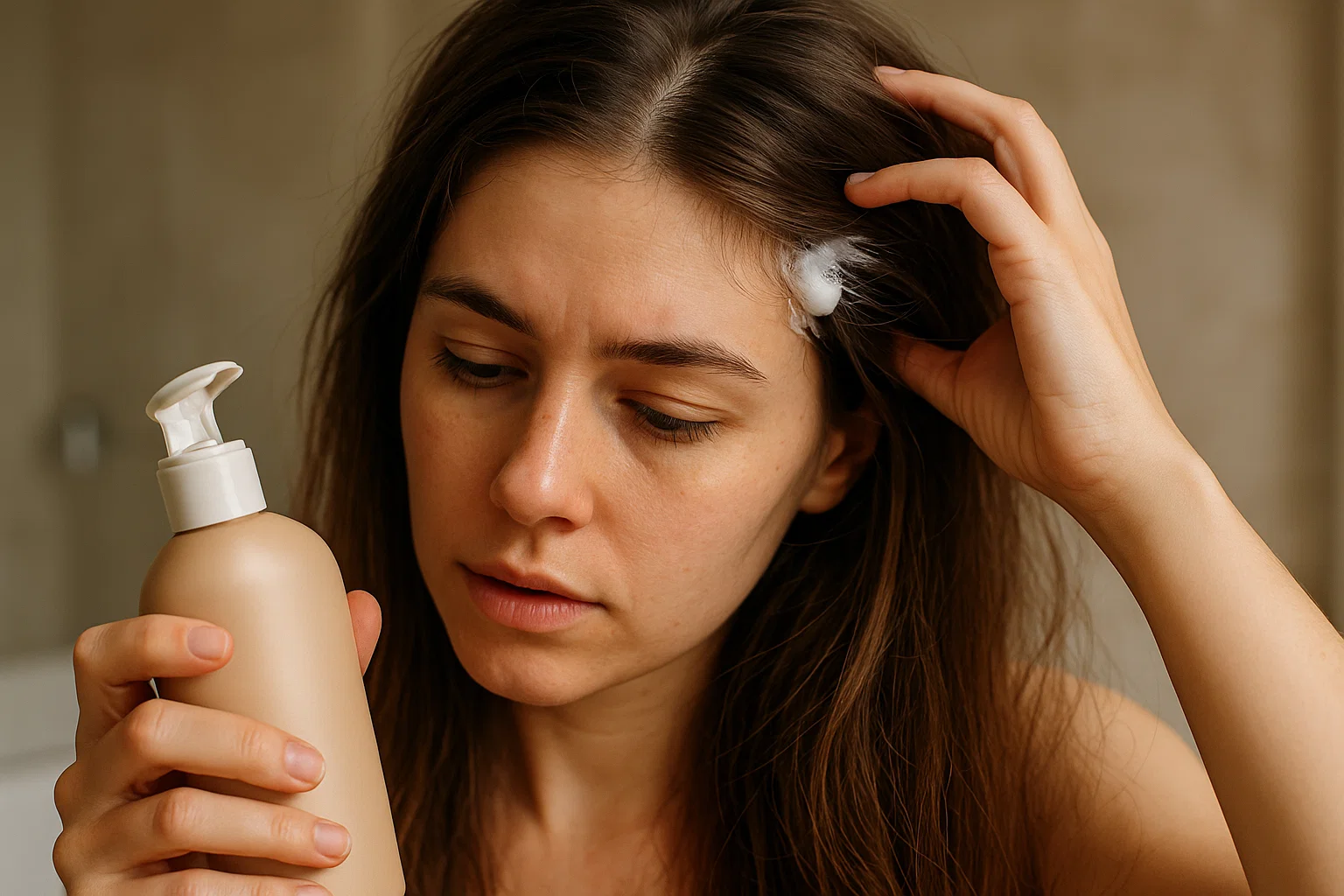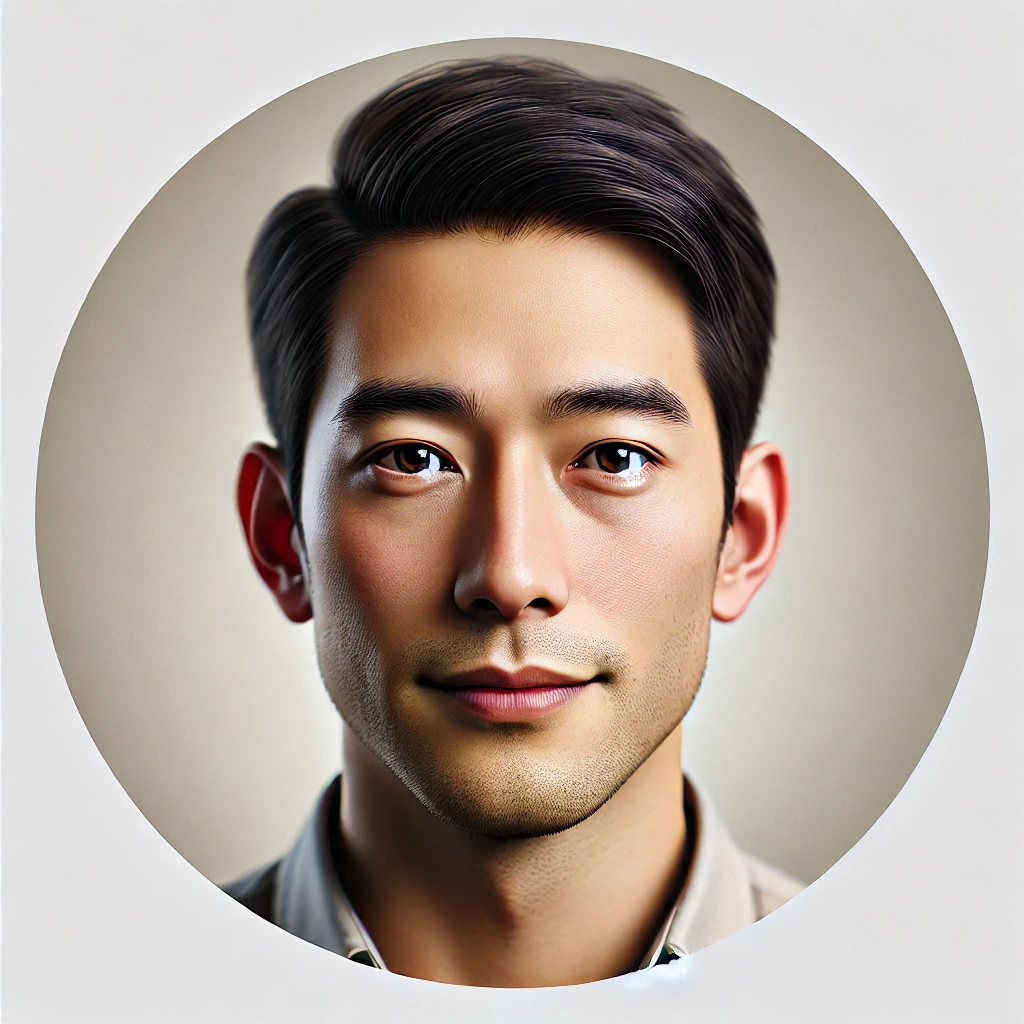Is It Good to Put Shampoo on Dry Hair? The Real Science Explained
 You’ve probably seen it on social media someone saying that putting shampoo straight on dry hair makes it “work better” or “pulls out more oil.” Sounds convincing, right? But here’s the truth: shampoo isn’t designed to work that way. When you skip water, you skip the chemistry that makes cleansing possible. And that’s not just a small detail it’s the difference between clean, healthy hair and brittle, stripped strands.
You’ve probably seen it on social media someone saying that putting shampoo straight on dry hair makes it “work better” or “pulls out more oil.” Sounds convincing, right? But here’s the truth: shampoo isn’t designed to work that way. When you skip water, you skip the chemistry that makes cleansing possible. And that’s not just a small detail it’s the difference between clean, healthy hair and brittle, stripped strands.
Let’s unpack what really happens when shampoo meets dry hair, why it feels different, and how to wash your hair in a way that actually supports hydration and growth.
The Myth: “Shampoo Works Better on Dry Hair”
This idea likely came from the logic that cleaning something dry removes more buildup like spot-cleaning a stain before washing your clothes. But hair isn’t fabric. Your scalp produces oils (called sebum), and your strands are covered in microscopic cuticles that open and close depending on moisture and temperature.
When you put shampoo on dry hair, you’re applying a concentrated detergent to fragile protein fibers without the protective layer of water. Instead of cleansing evenly, the product clings to certain areas, creating friction and leaving residue behind.
So while it may feel like you’re getting a deep clean, you’re actually stressing your scalp and hair in ways you can’t see right away.
What Shampoo Actually Does
Let’s talk science for a second. Shampoo works because of surfactants tiny molecules that have two ends:
- one loves water (hydrophilic),
- one loves oil (lipophilic).
When you wet your hair, those surfactants mix with water to form microscopic clusters called micelles. These micelles trap dirt, oil, and product buildup so you can rinse them away.
Without water, that process doesn’t start. Instead, the shampoo sits on top of the scalp like concentrated soap too strong, too sticky, and too harsh for your hair’s natural pH.
Why Dry Hair and Shampoo Don’t Mix Well
Here’s what happens when you try to apply shampoo to dry hair:
- Friction overload.
Dry hair has higher surface friction. Without the slip that water gives, your strands rub against each other and break easily. - Uneven distribution.
Shampoo spreads poorly on dry strands, so you end up over-cleansing the top and under-cleansing the ends. - Stripped cuticles.
The concentration of surfactants pulls out too much oil at once, leaving your cuticle layers rough and unprotected. - Scalp irritation.
Shampoo left on dry skin for even a short time can disrupt the barrier, leading to tightness, flakes, or itching. - Product waste.
Because it doesn’t lather well without water, you’ll use more shampoo than necessary and still not get a proper clean.
It’s a lose-lose scenario.
What the Research Says
Dermatologists and cosmetic chemists agree: shampoo should always be diluted with water.
A study published in the Journal of Cosmetic Science explained that surfactants only become gentle and effective once they form micelles in water. When used dry, they behave like strong soaps overly alkaline and damaging to the lipid layer that protects both scalp and strands.
Another paper from PubMed reported that repeated washing with undiluted cleansers increases surface roughness and internal protein loss in hair fibers by up to 35%. That’s a fancy way of saying: shampoo without water literally weakens your hair structure.
Quick Fact
Water is the activator.
Without it, your shampoo’s cleaning molecules don’t form micelles, and dirt stays locked in place.
The Correct Way to Apply Shampoo
Let’s fix the mistake by breaking down the healthy way to wash your hair especially if it’s dry or damaged.
- Soak your hair completely.
Before shampoo even touches your scalp, spend 30–60 seconds just wetting your hair. This opens the cuticle and lets water seep inside each strand. - Use a small amount.
The right amount is about a nickel-sized pool for shoulder-length hair. Add more only if your hair is very thick. - Lather in your palms first.
Never dump it straight onto your scalp. Rub it between your hands with water to create a light foam this pre-emulsifies it, making it gentler. - Massage, don’t scrub.
Use your fingertips in small circles to lift oil and dirt. Avoid scratching or tangling the strands. - Rinse thoroughly.
Residue can dull your shine, so rinse until the water runs clear. - Repeat if needed.
The first wash breaks down oil; the second actually cleans. But if your hair isn’t greasy, once is enough.
How to Rehydrate Dry Hair After Washing
If your hair already feels like straw, your goal isn’t just to clean it’s to restore balance.
Try this recovery plan:
- Use lukewarm water, not hot. Heat strips the scalp’s sebum faster.
- Choose a sulfate-free shampoo with hydrating surfactants like sodium cocoyl isethionate or decyl glucoside.
- Follow with a conditioner rich in fatty alcohols (cetyl or stearyl alcohol) and oils like argan or jojoba.
- Seal in moisture with a light leave-in or serum while hair is damp.
Studies show that conditioning agents containing panthenol or hydrolyzed proteins can reduce hair breakage by up to 30% after four weeks of consistent use.
Ingredient Breakdown
What’s Inside Your Shampoo and Why It Matters
| Ingredient Type | What It Does | Better Alternatives |
|---|---|---|
| Sulfates (e.g. SLS, SLES) | Deep cleansing, high foam, but can be harsh on dry hair | Sodium cocoyl isethionate, sodium lauroyl methyl isethionate |
| Silicones | Smooth the surface but may build up | Lightweight silicone alternatives like amodimethicone or plant-based esters |
| Alcohols | Help ingredients mix, but drying in excess | Fatty alcohols (cetyl, stearyl) add moisture instead |
| Fragrances | Add scent but can irritate sensitive scalps | Hypoallergenic or fragrance-free options |
If your hair feels dry even after conditioning, check your shampoo’s ingredient list sometimes the problem isn’t your water, it’s the formula.
Common Mistakes That Ruin Hair During Washing
- Using too much shampoo.
More doesn’t mean cleaner. Extra lather just means more residue and dryness. - Skipping pre-rinsing.
Dry strands can’t distribute product evenly wet them thoroughly first. - Rubbing hair between palms.
This roughens the cuticle and creates split ends. Always handle gently. - Hot water rinses.
Hot water opens cuticles too wide, leading to moisture loss. - Towel friction.
Rubbing with a towel causes mechanical damage. Instead, gently press out water or use a microfiber cloth.
What About Dry Shampoo?
Good question. Dry shampoo isn’t a cleanser it’s a temporary oil absorber.
It uses starches or alcohol-based powders to soak up grease, giving your hair a clean appearance without actual washing.
Dry shampoo is fine for a quick fix between washes, but it doesn’t replace real cleansing. Overuse can clog pores, irritate your scalp, and dull your natural shine. Use it sparingly ideally not more than twice a week and always wash it out within 48 hours.
What Happens If You Keep Shampooing on Dry Hair?
The damage isn’t instant, but it builds up:
- The scalp becomes more sensitive, red, or flaky.
- Strands lose elasticity and snap easily.
- Your hair feels rougher and tangles faster.
- Color fades quicker if you have dyed hair.
In other words, you slowly train your hair to become drier and more fragile. The fix isn’t just stopping the habit it’s rebuilding the hydration you lost.
The Healthiest Way to Wash Your Hair
Here’s what dermatologists and trichologists recommend:
- Pre-detangle dry hair with a wide-tooth comb before stepping into the shower.
- Rinse thoroughly with lukewarm water.
- Apply shampoo only to the scalp area.
Your ends will get cleaned as the suds run down. - Massage for 1–2 minutes.
This boosts circulation and gently exfoliates the scalp. - Condition mid-length to ends.
Never skip conditioner if your hair feels dry. - Rinse with cool water.
It helps reseal cuticles and lock in shine.
Following this simple system maintains your scalp’s microbiome, keeps your pH balanced, and supports healthier growth cycles.
What Research Says About Hydration and Hair Growth
Hydrated hair isn’t just about softness it’s about structure.
Water content affects fiber flexibility, shine, and breakage resistance.
A Healthline consumer survey found that over 70% of users who switched from sulfate-heavy to gentle hydrating shampoos noticed improved texture and fewer split ends within four weeks.
Scientific studies from JCD (Journal of Cosmetic Dermatology) show that maintaining a 12–16% moisture balance inside the hair shaft optimizes elasticity and reduces breakage by nearly half.
In short: wetting your hair before shampooing isn’t optional it’s biology.
Can You Ever Use Shampoo on Dry Hair?
Only one case makes sense: dry clarifying treatments used by professionals before chemical services (like color correction or smoothing). These are formulated differently with conditioning buffers to protect the hair. Regular shampoo isn’t designed for that.
If you’re trying to remove heavy oil treatments or styling waxes, start with a quick rinse first, then apply shampoo directly to slightly damp hair for a stronger cleanse. Never completely dry.
Final Thoughts
Putting shampoo on dry hair sounds harmless until you understand what’s really happening on a microscopic level. Without water, you’re skipping the chemical reaction that makes cleansing safe and effective.
Your hair ends up cleaner on the surface but weaker underneath. The scalp feels tight, the ends turn rough, and no conditioner can fully reverse it overnight.
So next time you reach for your shampoo bottle, start with this rule: water first, always. Let your shampoo do its job the way it was designed to lift, cleanse, and protect, not to strip.
Healthy hair starts with the basics. And sometimes, the most “revolutionary” trick is just using your shampoo the right way.

Michael Chen combines scientific expertise with hair care industry insights to offer well-researched product evaluations and tips for optimal hair health.